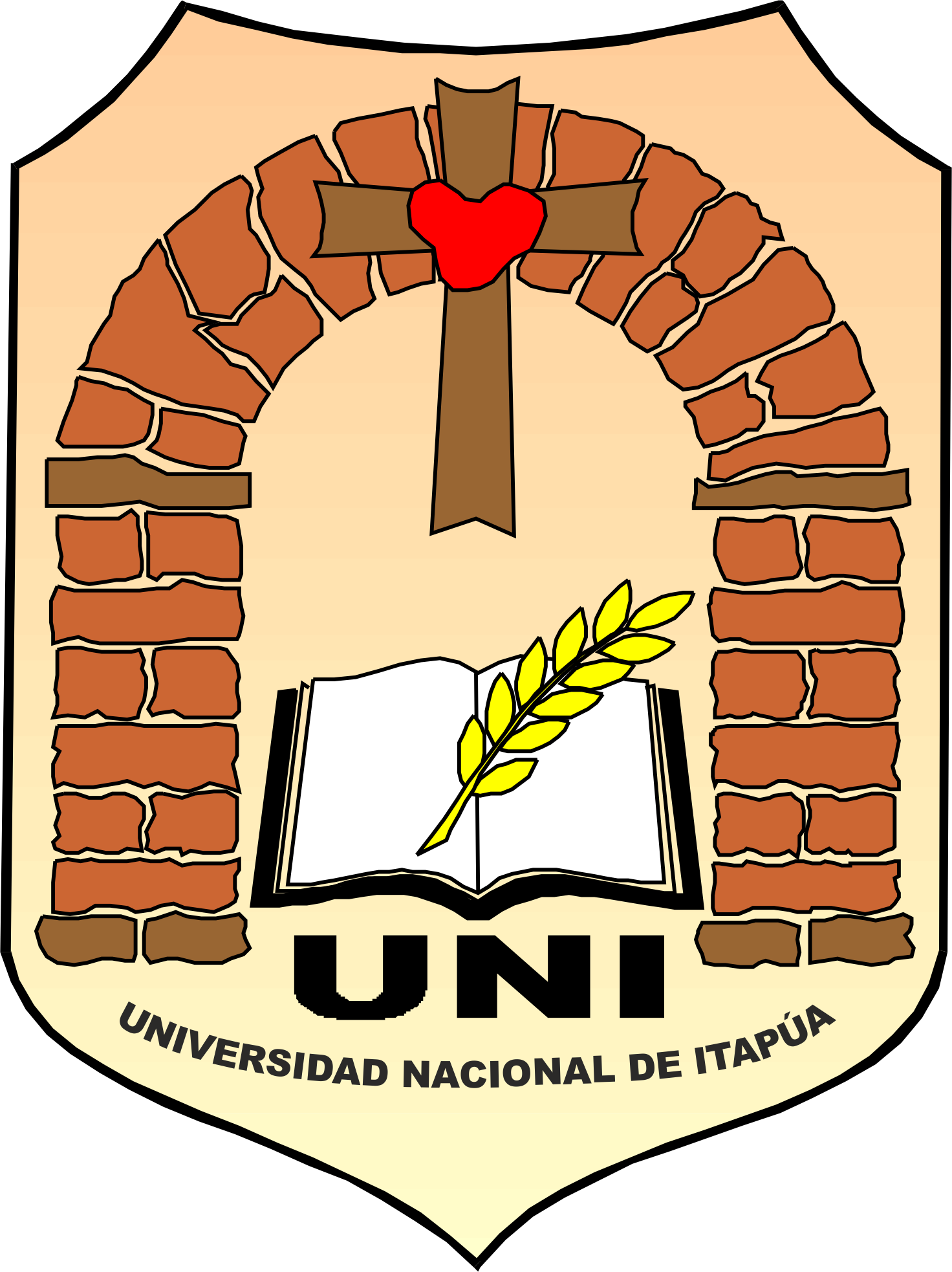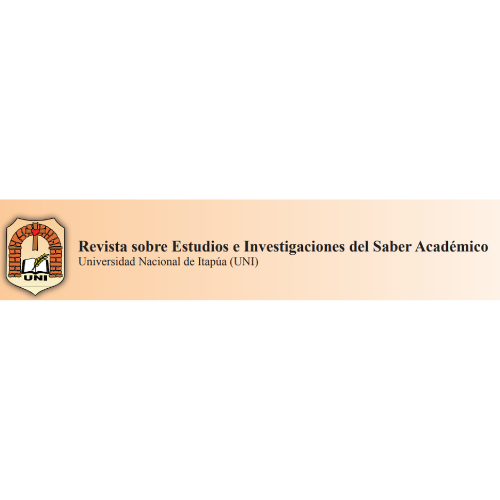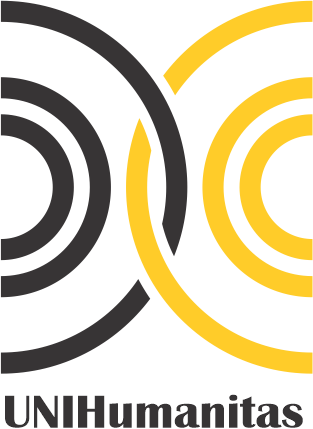Revistas
-
Revista sobre estudios e investigaciones del saber académico
La Revista sobre Estudios e Investigaciones del Saber Académico es una revista académica arbitrada multidisciplinaria, publicada por la Universidad Nacional de Itapúa, que tiene como objetivo la difusión de experiencias y conocimientos científicos desarrollados por investigadores en las diferentes áreas de las ciencias, en lengua española.
-
Desarrollo Regional (Encarnación)
Publicación científica semestral, de acceso abierto, abocada a las ciencias económicas, editada por la Facultad de Ciencias Económicas y Administrativas de la Universidad Nacional de Itapúa.
Desarrollo Regional (Encarnación) está dirigida a la comunidad científica nacional e internacional, con objeto de comunicar las contribuciones de las investigaciones desarrolladas por académicos e investigadores en post de aportar al avance del conocimiento científico en las ciencias económicas.
-
Ingenium Cientifica
Ingenium Científica - FIUNI
Publicación anual, arbitrada bajo doble ciego, orientada a investigaciones en ingeniería y tecnología. Inició en 2023, cuenta con ISSN, está en proceso de indexaciones y tiene convocatoria permanente para la recepción de artículos. Publica trabajos originales nacionales e internacionales.
Pertenece a la Facultad de Ingeniería de la Universidad Nacional de Itapúa, reflejando así su compromiso con la divulgación científica.
-
UNIHumanitas
UNIHumanitas Académica y de Investigación es una revista editada por la Facultad de Humanidades, Ciencias Sociales y Cultura Guaraní de la Universidad Nacional de Itapúa. Se trata de una revista arbitrada, abierta a la comunidad científica nacional e internacional para la publicación de estudios científicos y aportes en las áreas de educación, lengua y literatura, cultura y cuestiones sociales. Para postular un manuscrito, es necesario registrarse y luego acceder a la pestaña Enviar un artículo.
-
AGROS: Investigación Agropecuaria y Forestal
La Revista Científica de la Facultad de Ciencias Agropecuarias y Forestales de la Universidad Nacional de Itapúa lleva por nombre “AGROS: Investigación Agropecuaria y Forestal”. El nombre "AGROS" para la revista de la FaCAF se inspira en la palabra griega que significa "campo de cultivo", simbolizando la esencia y la importancia de la agricultura. La revista se compromete a ser un espacio de difusión de conocimiento objetivo y ético, centrado en el desarrollo sostenible e innovación en el ámbito agrícola y forestal.








